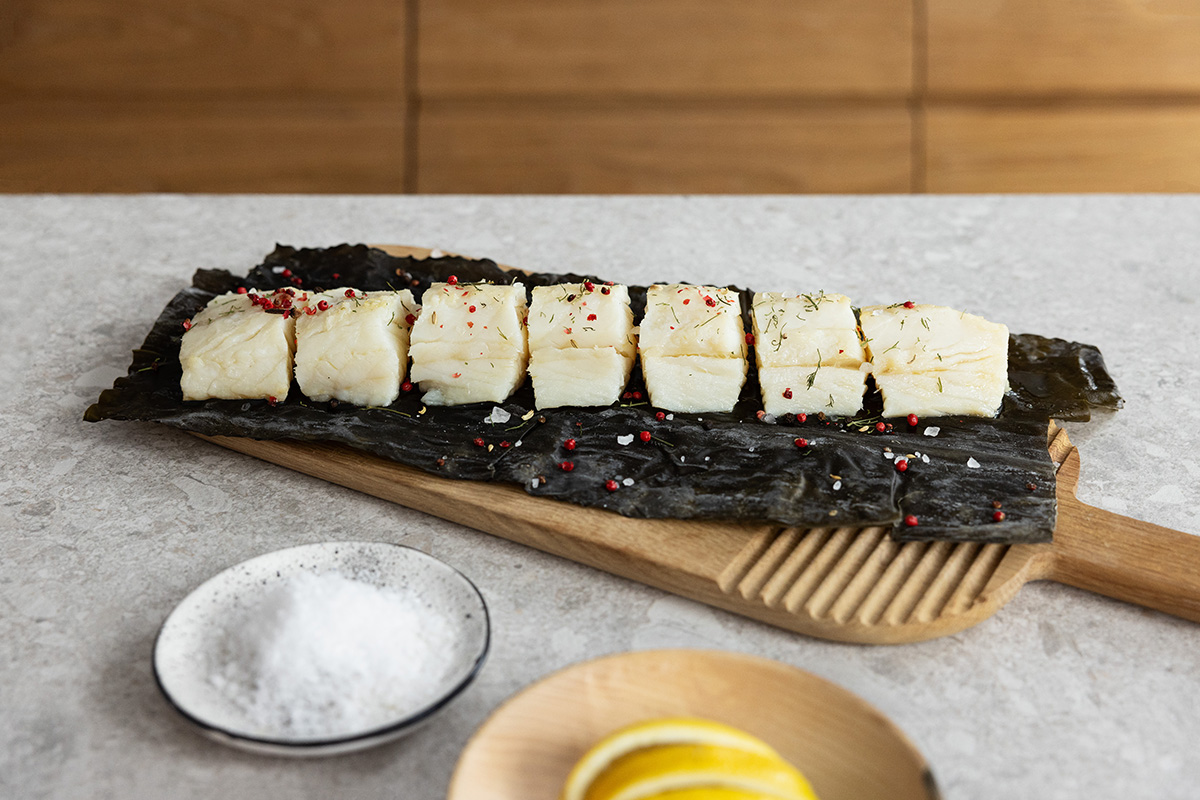
The story of how Norwegian fish met bacalao
Ever since the early 1700s Norwegian salted and dried fish, or klippfisk as we call it in Norway, has made its way across the Atlantic.
In many countries, there is no Christmas without it. To understand why, we have to look into Catholic traditions.
The story of how Norwegian salted and dried fish met bacalao starts with an even older tradition; the Catholic tradition of abstaining from eating meat on Fridays, during Lent, and on Christmas Eve. Since fish doesn?t count as meat, there was a huge rise in the demand for high-quality fish during the Christmas season in the Portuguese and Spanish-speaking parts of the world.
Various countries were on the lookout for good fish exporters and they just happened to find one in Norway. Compared with other fish, the Norwegian salted and dried fish impressed them with its quality and durability.

A star was born
Since bacalao was, and still is, one of the most beloved dishes in countries such as Portugal, Spain, and Italy it became a natural match for the Norwegian klippfisk. Traditions were exchanged and after Norwegians tasted this fine dish, bacalao actually became a winner on Norwegian dinner tables as well.
Here, the making of klippfisk goes hundreds of years back. Through generations, we have learned how to handle the fish in the best possible way. Today we offer the best quality there is, from coast to plate.
Taking care of the nutrients
Some may think that the process of salting and drying the fish may harm the nutrients. But because of all the water that is removed, the nutritional content is even more concentrated. The health benefits are just as good and you can trust the Norwegian salted and dried fish to be rich in proteins, vitamin A, and vitamin D.
